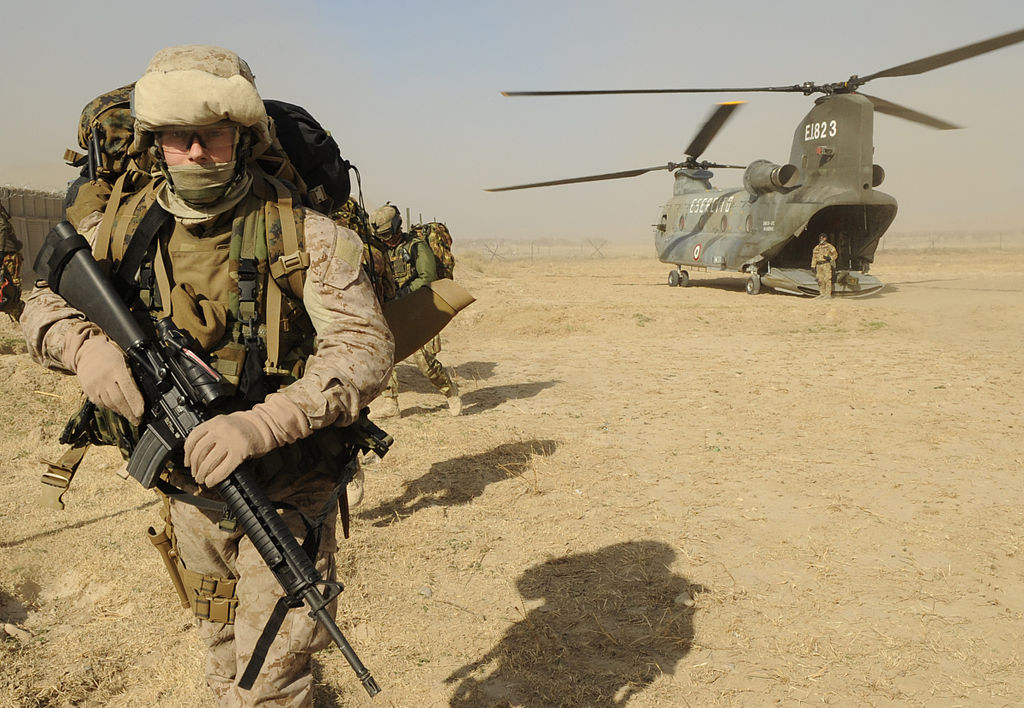
This the second part of a two article series. The first part can be read here.
Colt’s Manufacturing Company has a long and torturous financial history. In fact, 2015 is not the first time that the iconic firearms company has declared bankruptcy. In May 2014, Bloomberg Businessweek senior writer Paul Barrett published a lengthy investigation of the company’s financial history. He noted that the company was paralyzed in 1985 when “Colt plant employees who belonged to the United Auto Workers launched a protracted strike for higher pay”. Quality and efficiency rapidly declined as replacement workers were hastily hired. Then in 1992, Colt formally requested “bankruptcy court protection from its creditors.” Initially it looked like the company was doomed to financial ruin, before being bought by millionaire businessman Donald Zilkha in 1994.
A man with no practical experience in the firearms industry, Zilkha made a series of disastrous decisions over the following decade that alienated the company’s customer base, drastically hurt internal morale and weakened the company’s effectiveness. This poor leadership culminated in the decision to split the Colt Manufacturing Company in 2002 before reuniting the two companies in 2012. Colt Defense “paid $60.5 million to acquire Colt’s manufacturing.” As a result of that merger, the “company’s debt rose to more than $300 million, and its balance sheet showed a deficit of $137 million.” The inherently unsustainable nature of Colt’s business model was clearly evident in 2010. At the time, Colt Defense had major multi-million dollar contracts with the United States Army for the production of the M4 carbine (which had been extensively used in Afghanistan and Iraq). In that fiscal year, Colt Defense had “sales of $176 million – more than double what they were in 2004 – but registered an $11 million loss.”
Despite being saved from financial ruin in the early 1990s, Colt never found truly firm footing. In June of 2015, Colt’s Manufacturing Company formally filed for bankruptcy protection in Delaware. This occurred after rating-agency Standard and Poor downgraded Colt from CC to D. This determination shows that S&P believes the company is “in default or in breach of an imputed promise.” The rating change at the time also signaled that S&P believed Colt’s would be unable to pay the interest on its $249.4 million dollar loan. Information from the company’s legal proceedings in Delaware “shows the company is liable for $357.9 million in secured debt.”
There is currently a disagreement between Colt Holding and its private-equity owner Sciens Capital Management. According to USA Today, Sciens had offered to purchase all of “Colt’s assets and assume…liabilities.” However, the offer was opposed by Colt’s “bondholders – creditors who must be repaid in the event of bankruptcy.” In the latest development, the Morongo Band of Mission Indians expressed interest in buying the company. In late June “tribal lawyers filed their first document in the case.”
Ultimately, Colt’s story is one of extreme contrasts. One on hand, the company has faced significant financial, personnel and legal problems for decades. The company has an increasingly marginal percentage of the market share in the major U.S. military, law enforcement and civilian markets. Yet, as former Glock executive Paul Jannuzzo has argued, “for logo recognition, historical fame, and brand status, I would take Colt over any other name.”




